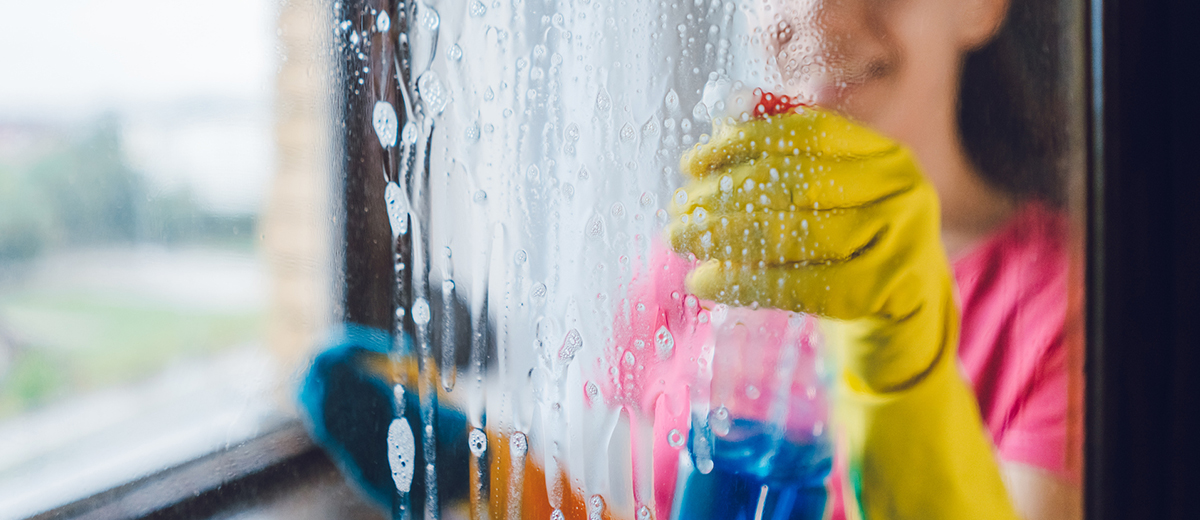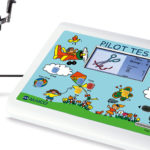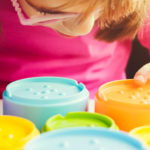Flu season is upon us and one of the most important ways to help reduce the spread of illness is cleaning, disinfecting and sanitizing. You may use these words interchangeably, but they are actually different activities with different results. Below we detail the differences between the three and provide a few tips on keeping your school as clean as possible to help prevent the flu and other illnesses, diseases and infections from spreading.
Cleaning vs. Disinfecting vs. Sanitizing
Cleaning removes germs, dirt, and impurities from surfaces or objects. Cleaning uses soap or detergent and water to physically remove germs from surfaces. This process does not necessarily kill germs, but by removing them, it lowers their numbers and reduces the risk of spreading infection.
Disinfecting kills germs on surfaces or objects. Disinfecting uses chemicals to kill germs but does not necessarily clean dirty surfaces or remove germs. By killing germs on a surface after cleaning, it can further lower the risk of spreading infection.
Sanitizing lowers the number of germs on surfaces or objects to a safe level, as judged by public health standards or requirements. This process works by either cleaning or disinfecting surfaces or objects to lower the risk of spreading infection.
Tips for Effective Cleaning, Disinfecting and Sanitizing
- Clean and disinfect surfaces and objects that are touched often
Daily sanitizing of surfaces and objects that are touched often, such as desks, countertops, doorknobs, computer keyboards, hands-on learning items, faucet handles, phones, and toys can go a long way in preventing the spread of germs. Note that schools typically have their own standards for how often surfaces and objects should be cleaned. - Clean and disinfect correctly
Always follow label directions on cleaning products and disinfectants. Wash surfaces with a general household cleaner to remove germs. Rinse with water and follow with an EPA-registered disinfectant to kill germs (the label should state that EPA has approved the product for effectiveness against influenza A virus). Note that disinfection usually requires the product to remain on the surface for a certain period of time (i.e. 3 to 5 minutes). - Use products safely
Pay close attention to hazard warnings and directions on product labels. Cleaning products and disinfectants often call for the use of gloves or eye protection. For example, gloves should always be worn to protect your hands when working with bleach solutions. Do not mix cleaners and disinfectants unless the labels indicate it is safe to do so. Combining certain products (such as chlorine bleach and ammonia cleaners) can result in serious injury or death. - Handle waste properly
Throw disposable items used to clean surfaces and items in the trash immediately after use. Avoid touching used tissues and other waste when emptying waste baskets. Wash your hands with soap and water after emptying waste baskets and touching used tissues and similar waste.
To shop MacGill’s selection of cleaning and infection control products, click here. Please note that any items that meet OSHA and EPA standards are labeled as such. If you have any questions, please don’t hesitate to contact us.





